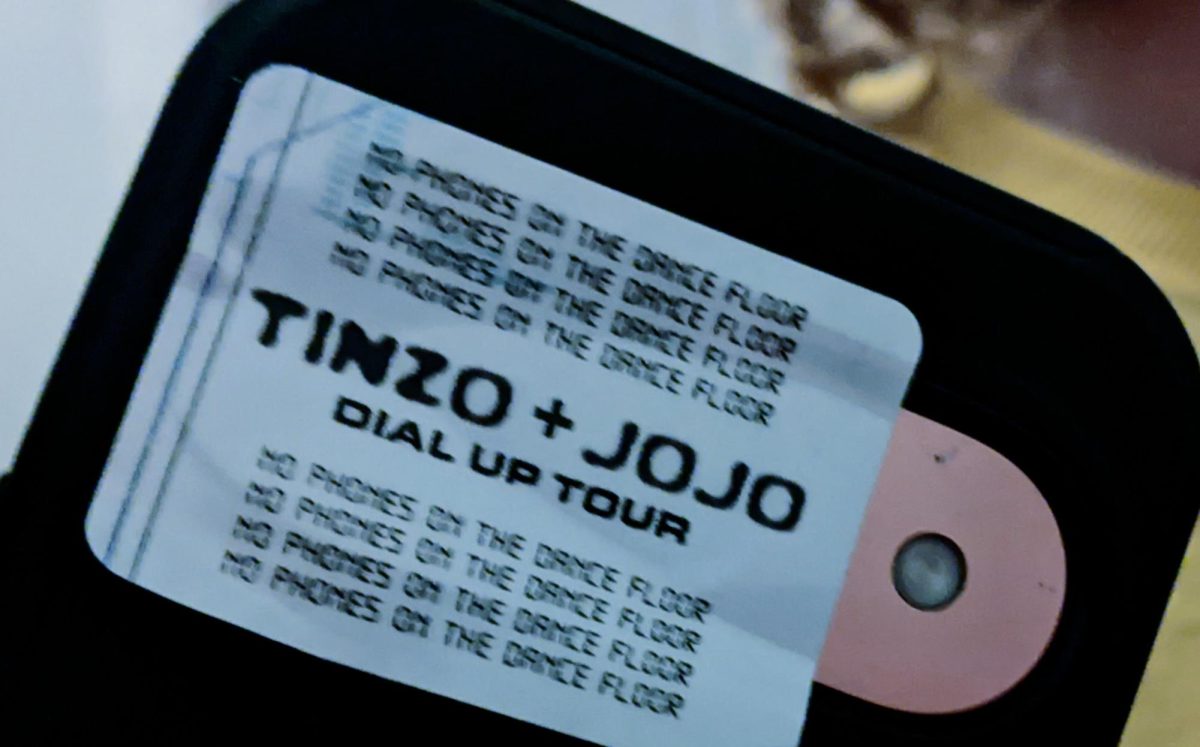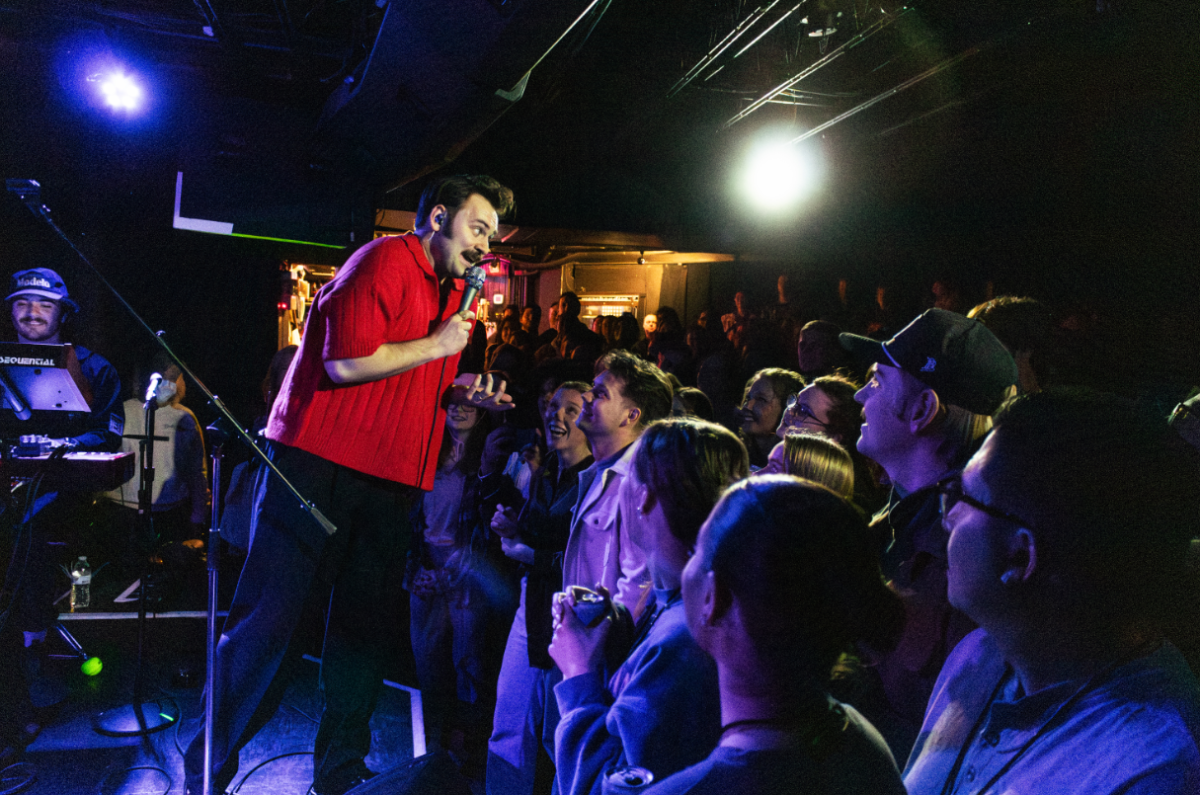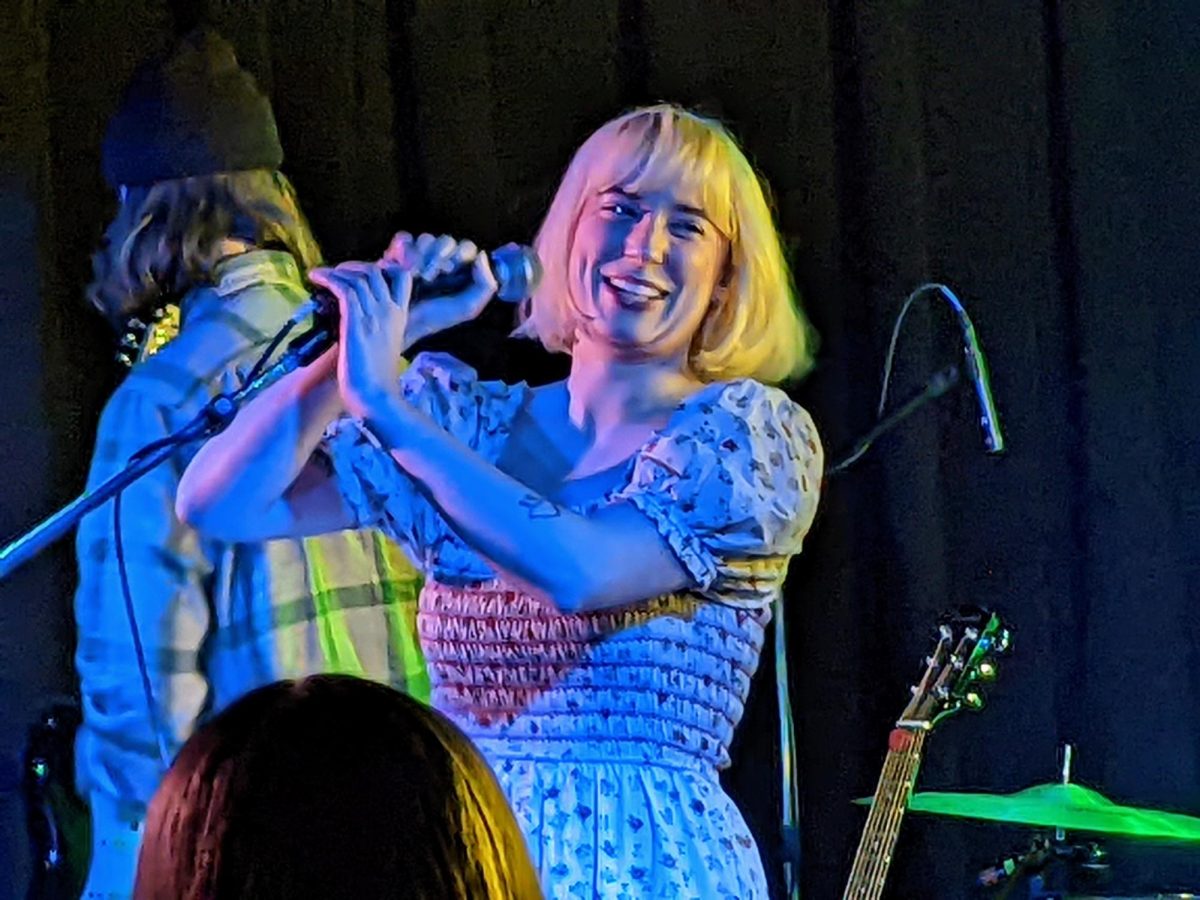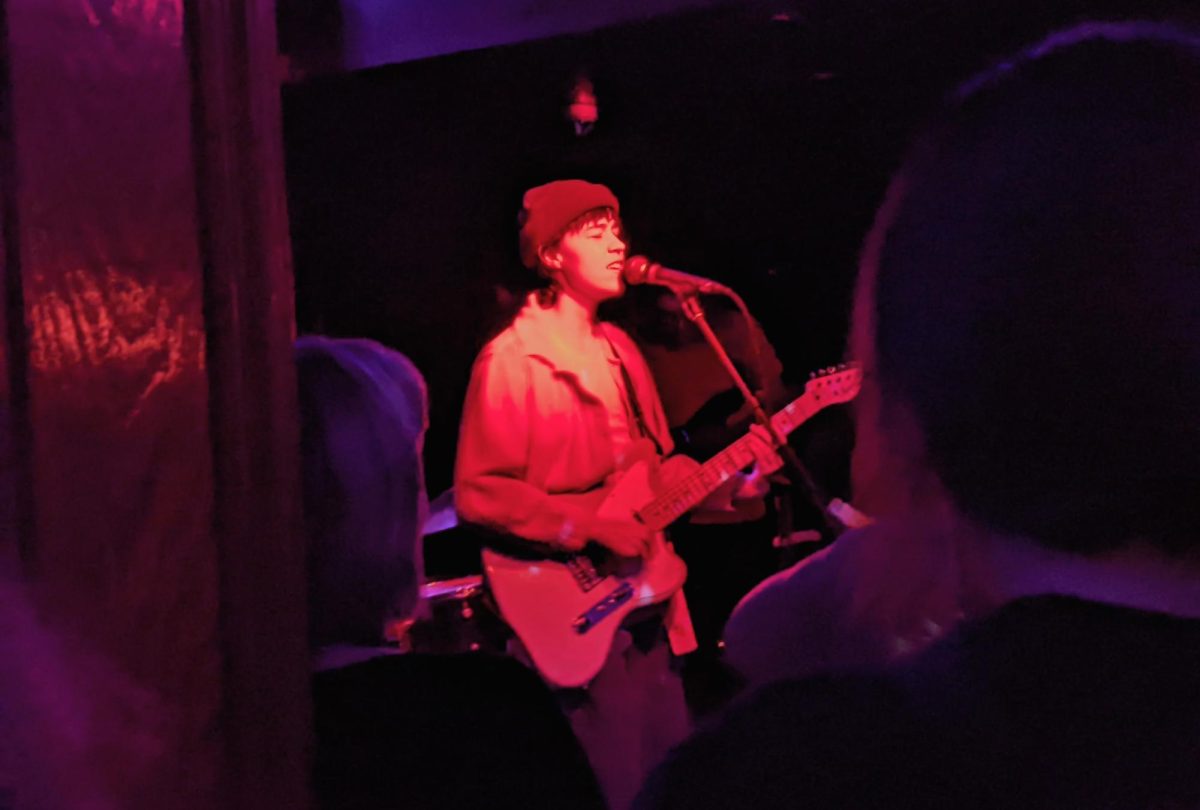A“I’ve always thought rock ‘n’ roll is 50 percent music and 50 percent visual. That’s not to say the music doesn’t come first. But I’ve always expected a look, if it was Elvis or Sigue Sigue Sputnik.”
– Debbie Harry to rock journalist Gerri Hirshey
 s of late, the bands considered the most rocking spend more time in their dressing room than in the studio – especially with the so-called “rock goddesses” who sprawl across the covers of Rolling Stone. They seem to rock because they bare flesh, not because they rip through wicked guitar solos.
s of late, the bands considered the most rocking spend more time in their dressing room than in the studio – especially with the so-called “rock goddesses” who sprawl across the covers of Rolling Stone. They seem to rock because they bare flesh, not because they rip through wicked guitar solos.
It’s a problem when the visuals are stronger than the music. It makes for a pretty lousy radio full of forgettable, meaningless pop.
The right look has become way too important in music; it dictates who gets signed to labels and played on MTV. The Strokes cannot have an article written about them that does not mention an article of their clothing.
But, as Debbie Harry pointed out, there’s no denying the power of “a look.” Rock has always been about the attitude. MTV has proven we are a culture that likes to be visually stimulated. An image helps reinforce the rebellious rock attitude. And besides, since its birth, rock ‘n’ roll has helped direct the look (or sometimes anti-look) of our culture.
What makes Blondie such an important band is their balance of pioneering new wave punk with a blonde-bombshell lead singer. Harry’s punk-chic style is a cross of Richard Hell’s ripped clothing and Marilyn Monroe’s dresses. Turning a basic black T-shirt into a sliced up mini dress was the final addition that put Blondie into rock star status.
As the large movie screen blocking the First Avenue stage rose to Blondie’s signature thumping, discoesque beats and funky bass lines, the crowd instantly began cheering and bobbing their heads. But it was not until Harry took to the stage that the crowd fully erupted. She came out dressed in a tight, black leather skirt, a ripped jean vest and large aviator-style sunglasses. She pouted her lips and strutted to her rhinestone covered microphone.
The band always stayed in a spunky groove, with Clem Burke tossing his drum sticks in the air and Chris Stein’s guitar weaving between rumbles and radiance. Harry’s voice gracefully hit even her highest of falsetto songs like “Maria” and most notably, “Rapture.” It was the strength of Blondie’s songs that had the audience singing every word to “One Way Or Another.” Harry’s appearance, though, was what had the crowd gushing.
Because Harry’s image is so ingrained with the band’s music, a hunched over, gray-haired Keith Richards-looking Harry just wouldn’t seem to be the same as seeing the band 30 years ago in their CBGB youth. Under the stage lights of a smoky rock club, Harry still looks like the same gorgeous trashy-glam vixen that adorns Blondie album covers. This concert did not feel like a Blondie reunion tour; it felt like a Blondie show from the old days.







